Cinnabar, with its vibrant red hue, represents auspiciousness, joy, enthusiasm, freedom, passion, and a fighting spirit. In various cultures and nations, red is often used to repel evil. For instance, in ancient China, many palace and temple walls were painted red. Official residences, attire, and accessories frequently featured this color, exemplified by terms like “Zhu Men” and “Zhu Yi.” In traditional Chinese culture, red corresponds to fire in the Five Elements, and in the Bagua, the Li Gua also symbolizes red.
Cinnabar is not only revered for its ability to ward off evil spirits; it has also been an essential part of festivals and weddings since ancient times. The bright red color, seen in lanterns, attire, and decorations, symbolizes a bounty of happy events, expressing festive joy and inner happiness while creating a lasting celebratory atmosphere.
Cinnabar products are not only aesthetically pleasing but also have calming properties and protective qualities against negative energies. For example, the cinnabar transfer beads from Ji Zhaotang incorporate purple gold sand, and many people use them for prayers. Those who frequently experience bad luck can hang cinnabar in their cars to help focus their minds or wear cinnabar bracelets for protection.
The primary function of cinnabar jewelry is to “ward off evil spirits,” a role it has played since ancient times. The bright red color of cinnabar is believed to possess strong “yang energy.”
Symbolism of the Lotus
Nobility and Purity: The lotus is revered in Buddhism as a symbol of sacredness and purity, embodying a spirit of cleanliness and holiness. Zhou Dunyi eloquently expressed his admiration for the lotus in his famous essay “Love Lotus,” stating, “I love the lotus because it emerges from the mud without being stained and remains pure and untainted.” This highlights the lotus as a metaphor for maintaining noble qualities and self-purification. Additionally, Li Bai’s verse, “The hibiscus comes out of the clear water, and its carvings are naturally removed,” underscores the natural beauty of the lotus.
Integrity: The lotus, or “Qinglian,” is phonetically similar to “clean and honest” in Chinese, making it a symbol of upright and incorruptible officials. This metaphor extends to the world of governance, where a painting titled “All the way clean and honest” featuring green lotus and egrets is often displayed in scholars’ studies.
Auspiciousness: The lotus, known as “he” in Chinese, sounds like “harmony.” Historically, there is an artwork called “He Qinghai Banquet,” composed of lotus, begonia, and flying swallows, symbolizing peace in the world. The lotus is also prominent among the eight auspicious symbols of Buddhism. In ancient times, lotus and fish motifs, known as “more than one year after another,” symbolized prosperity. In traditional auspicious paintings, “the two immortals of harmony and union” often feature one holding a lotus and the other a box, representing harmony and peace.
Love: The long, intertwined roots of the lotus represent an enduring connection, often used as a symbol of love. This usage dates back to the Tang Dynasty, where poet Wang Bo wrote in “The Song of Picking Lotuses,” “The morning flowers are just tied together, and the lotus root is loved by the silk,” portraying the lasting love between men and women. The lotus, symbolizing pure and beautiful love, also phonetically aligns with “even,” highlighting its interconnectedness.
Beauty: The lotus has been compared to a beautiful woman as early as in the “Book of Songs.” In “Guofeng·Chenfeng·Zepei,” it is written: “The waves of the Zepi, there are Pu and Lotus. There is a beautiful person, how is the injury? Sleeping and sleeping without action, tears are pouring out.” This describes a man’s deep longing and admiration for a beautiful woman, using the lotus as a metaphor for beauty.
Friendship: In ancient China, there was a tradition of giving plums in spring and picking lotuses in autumn to present to others. This tradition illustrates the lotus as a symbol of pure friendship between people.




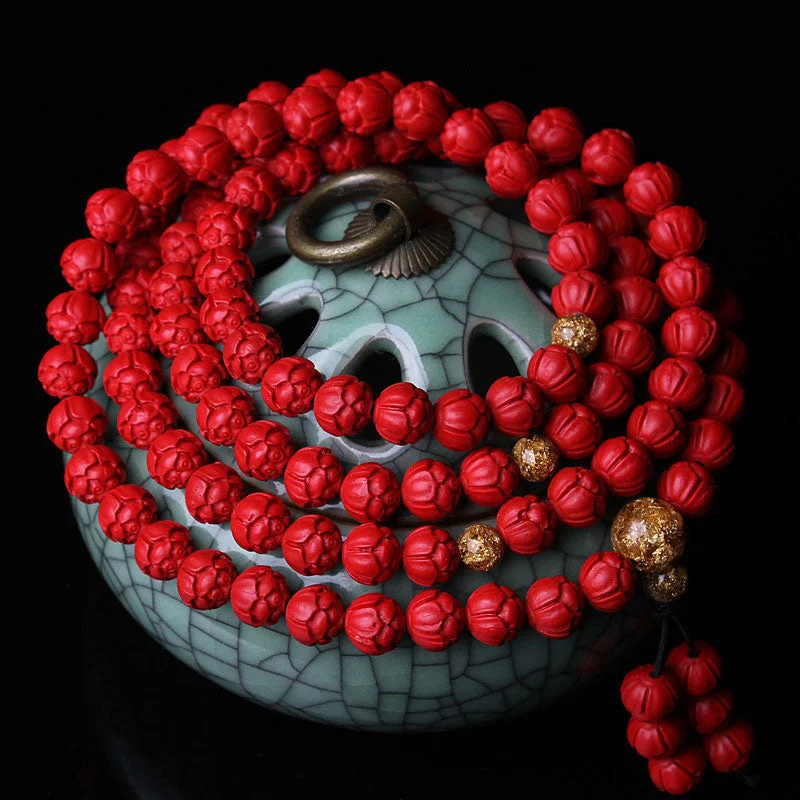
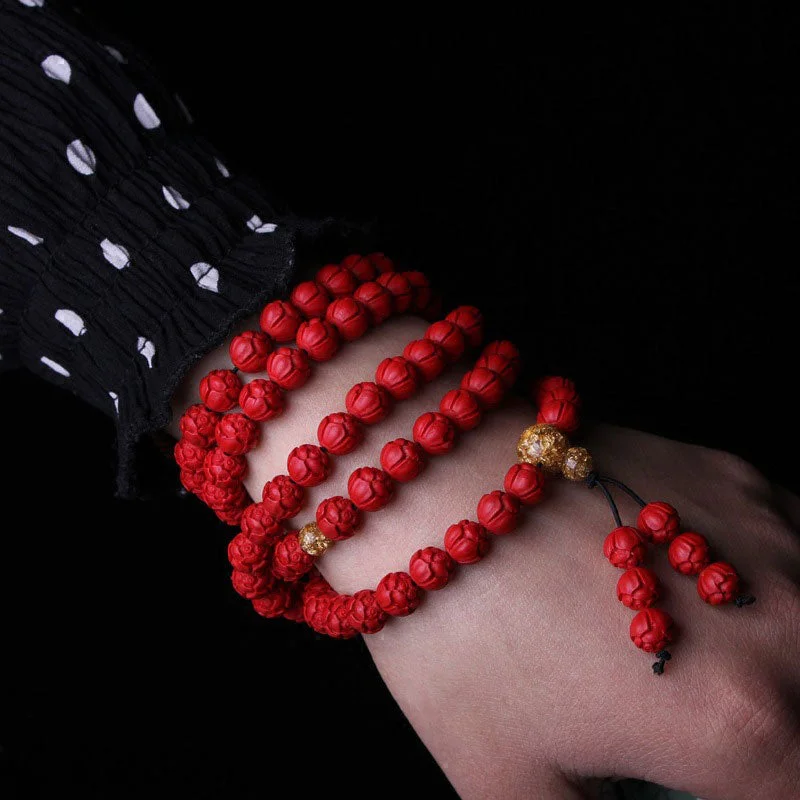
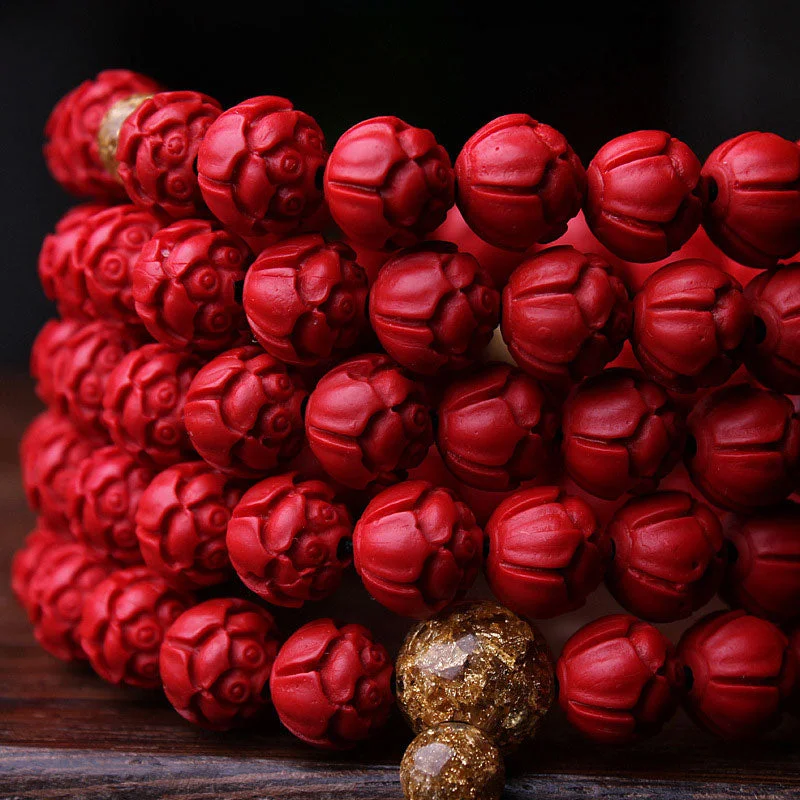
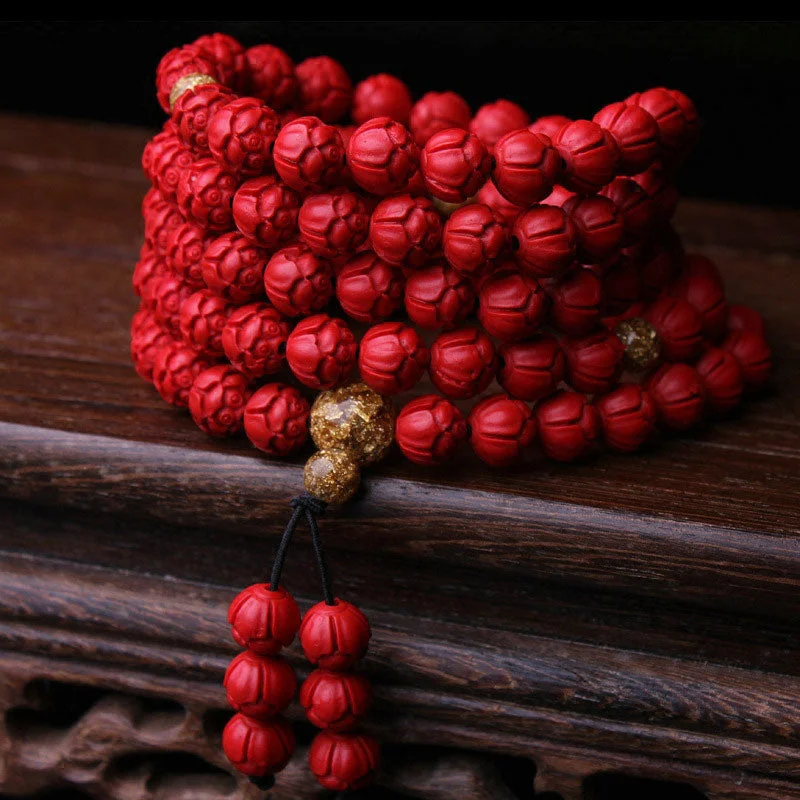
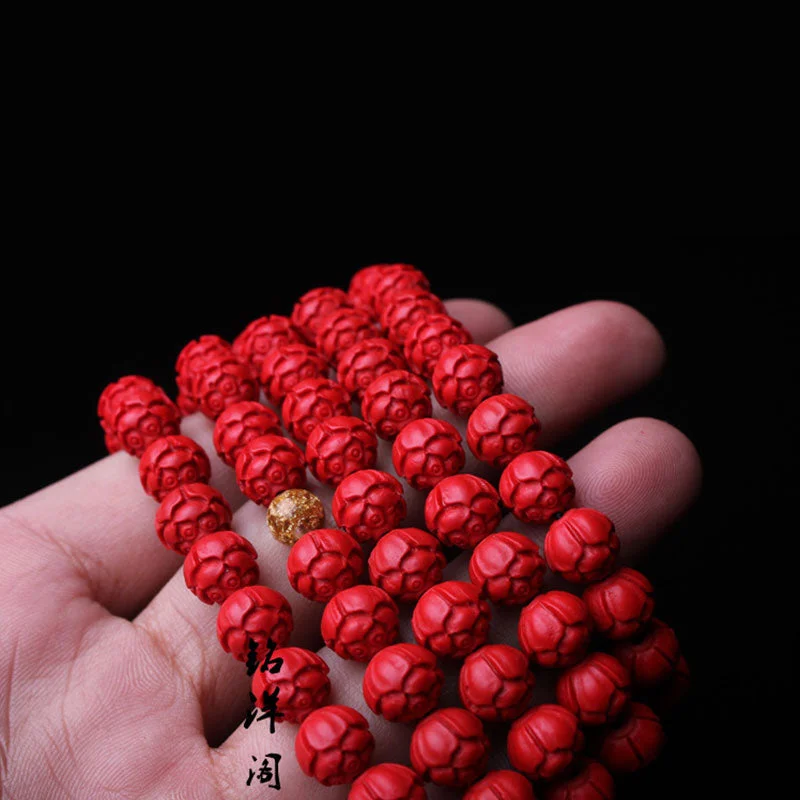
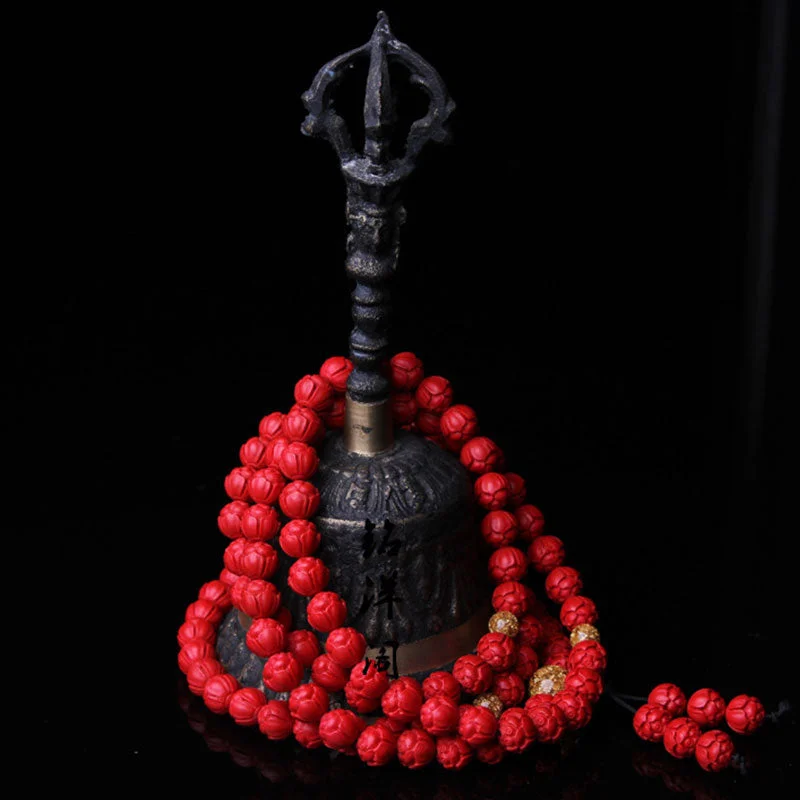
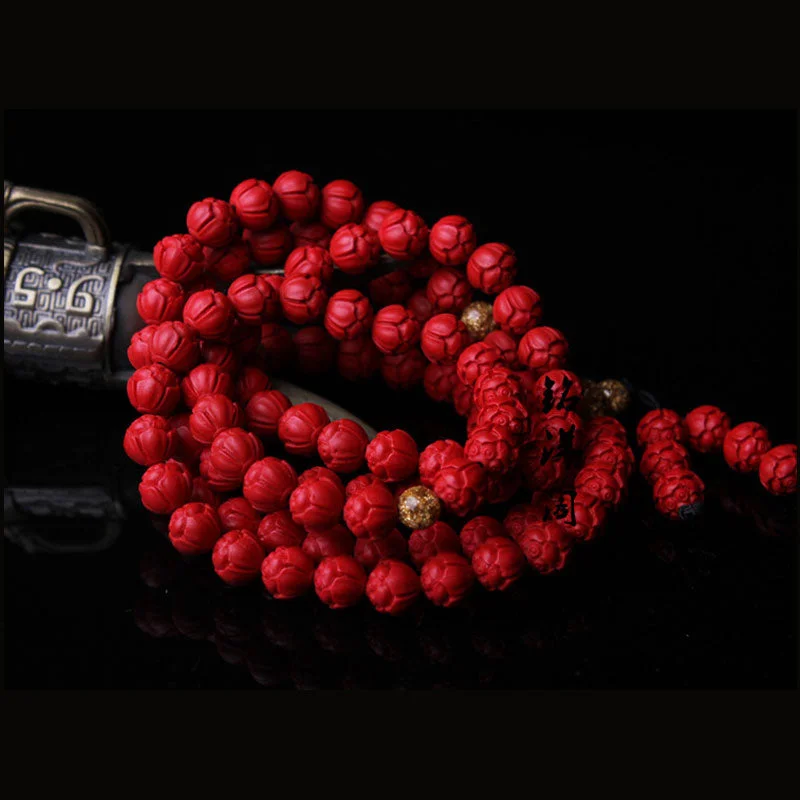
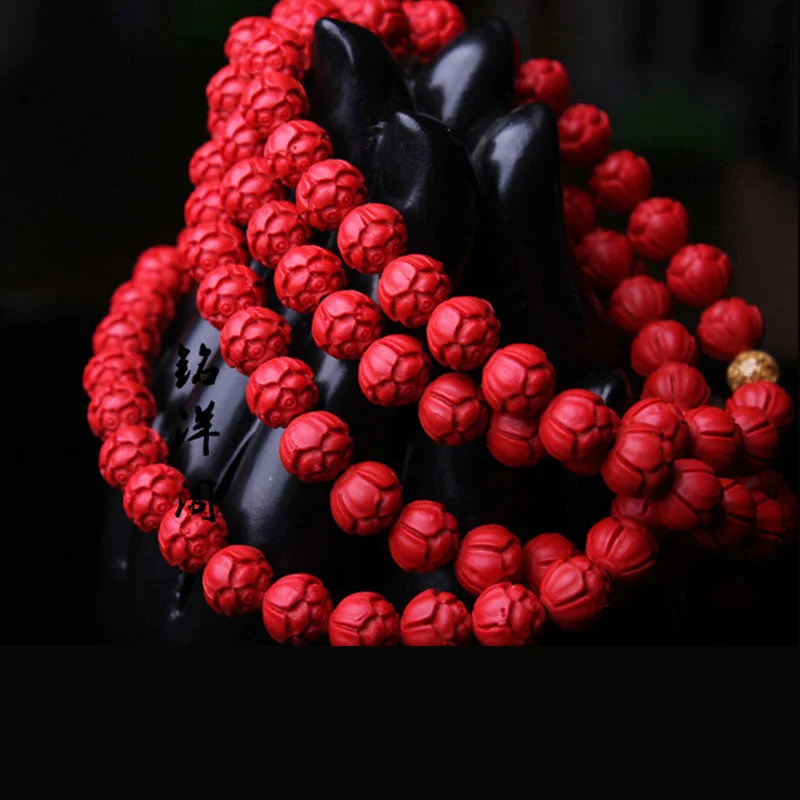
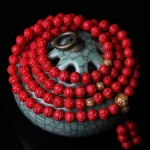




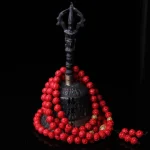

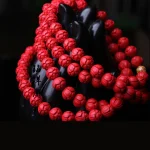


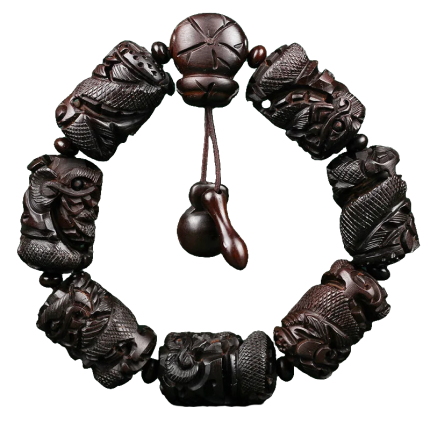
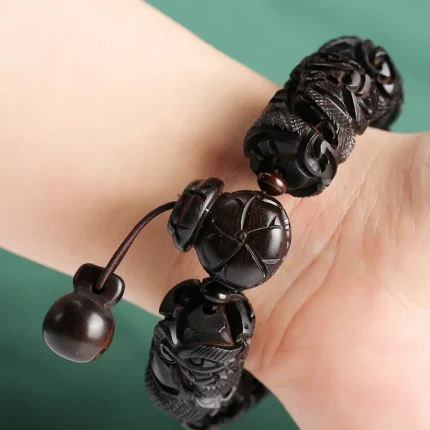
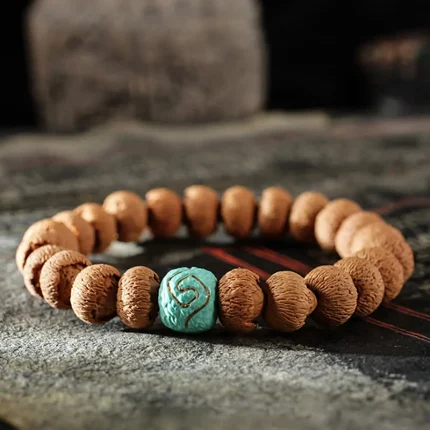


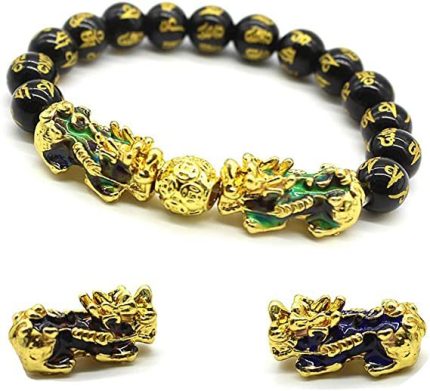
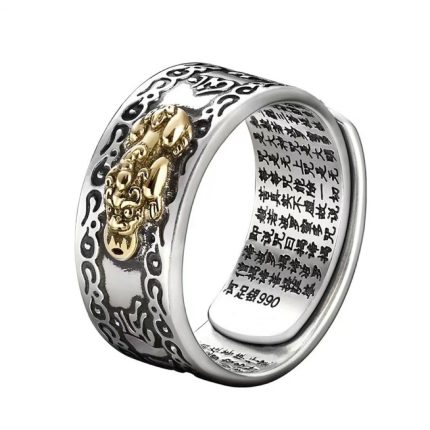



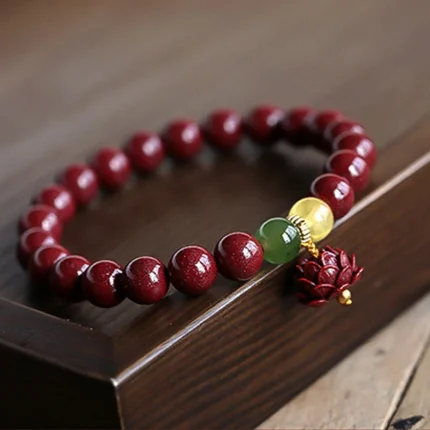
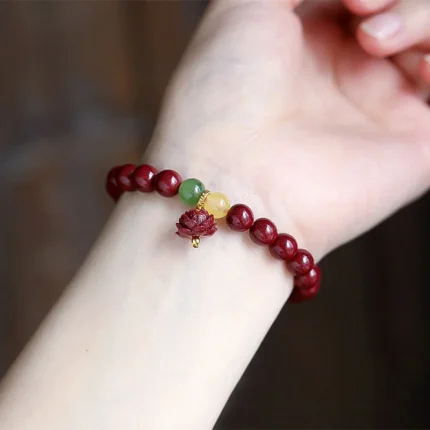
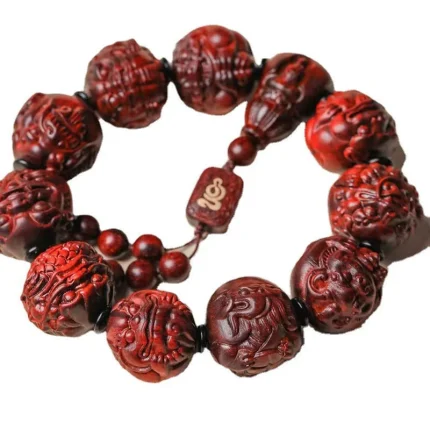
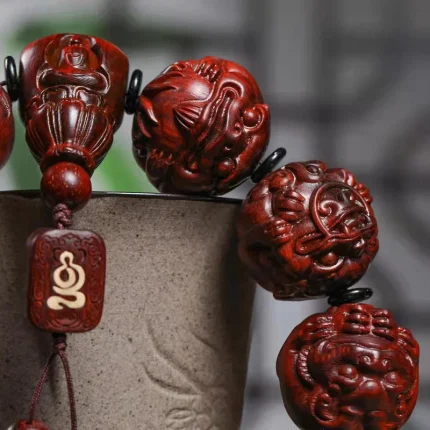
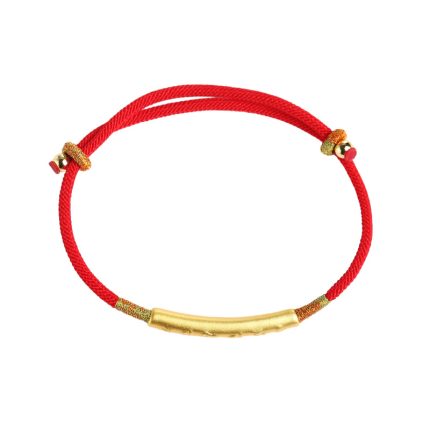
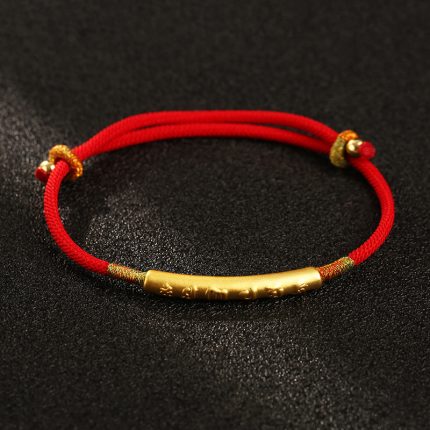
Reviews
Clear filtersThere are no reviews yet.